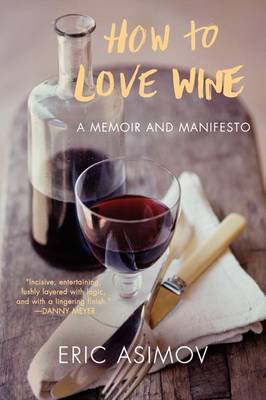Reviewed by gmcgregor on
In fact, this message is so simple and straightforward that the book ultimately feels padded. Even as he takes on various aspects of the wine-industrial complex, like tasting notes that seem to pride themselves on evoking obscure flavors usually based on just a few sips of the wine in question, often influenced by the tasting of several other wines at the same time, he returns again and again to his central thesis: the way to love wine is to drink it with people you love while sharing a meal. There are certain basic characteristics like acidity and tannins that, if you're willing to experiment and try a bunch of varieties, you'll eventually be able to pick up on, and the only ones that matter are the ones you discover for yourself actually impact your enjoyment of the wine in question. People often feel like they "have to" like wines with high scores from magazines and insiders, that if that wine doesn't work for them that they're the ones who are wrong, but not everyone likes the same flavors. Feeling this kind of pressure, to like the types of wines that are in fashion at any given moment, to like highly-rated wines, is one of the reasons people are afraid to really embrace wine.
There's a reason that Asimov has spent much of his career writing for one of the foremost newspapers in the country: he's a talented writer. That the book doesn't feel painfully repetitive (though the padding is impossible to miss) is a testament to his skills. He really loves the way drinking wine feels, and his enthusiasm about trying to make it easier for everyone to have that same kind of enjoyment is contagious. I've mostly become a craft beer drinker these days, but by the time I ended this book I found myself wanting to pop open a bottle of red and make some pasta and hang out eating and drinking with my husband...which was exactly the intention of the book. If you're curious about wine but have found yourself frightened off by snooty wine culture, this is a solid book to read. If you're not really that into it, though, it's skippable.
Reading updates
- Started reading
- 27 May, 2018: Finished reading
- 27 May, 2018: Reviewed
